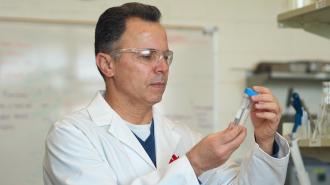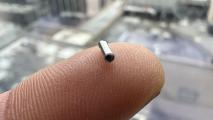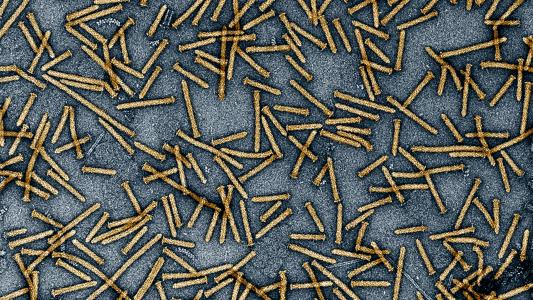A new treatment removes 99% of the harmful “forever chemicals” in water cheaply, safely, and permanently — ensuring they never end up back in the environment.
“Think Brita filter, but a thousand times better,” said Madjid Mohseni, the researcher who developed the technology at the University of British Columbia (UBC).
The challenge: “Forever chemicals” is a term used to describe per- and polyfluoroalkyl substances (PFAS), a group of thousands of synthetic chemicals used in everything from carpets to fast food containers.
Exposure to high levels of PFAS has been linked to many health problems, including some types of cancer.
The “forever” moniker is appropriate because these substances do not degrade easily, and their persistence — combined with their widespread use — means PFAS can now be detected in our air, soil, drinking water, and even our blood.
Because exposure to high levels of PFAS has been linked to many health problems, including reproductive issues, high blood pressure, and some types of cancer, the EPA is starting to crack down on them, most recently with a proposal to limit the level of forever chemicals in water.
There isn’t a great way to get rid of PFAS in water, though — existing options for removal are either expensive, don’t extract all of the chemicals, or produce concentrated PFAS waste that, if not properly disposed of, puts the chemicals back into the environment.
What’s new? UBC researchers have now developed a silica-based material that absorbs 99% of the forever chemicals in water. The PFAS can then be removed from the material — which is reusable — and “detoxified” using UBC-developed processes involving electricity or light.
“This is very exciting because we can target these difficult-to-break chemical bonds — and break them for good,” Mohseni told the Guardian.
“The results we obtain from these real-world field studies will allow us to further optimize the technology.”
Madjid Mohseni
Looking ahead: In March 2023, the UBC team began pilot testing their materials’ ability to remove forever chemicals in water at several sites in British Columbia (none of which are sources of drinking water). Those tests are expected to take about six months.
“The results we obtain from these real-world field studies will allow us to further optimize the technology and have it ready as products that municipalities, industry, and individuals can use to eliminate PFAS in their water,” said Mohseni.
The big picture: PFAS have been used in manufacturing since the 1930s, and it’s going to take a lot of effort and money just to get rid of the forever chemicals already in our environment — allowing manufacturers to continue using them in products extends the problem.
In light of that, at least 16 states are considering policies to restrict the sale of products containing PFAS or require manufacturers to disclose their inclusion. If those policies start to impact bottom lines, we could see fewer forever chemicals in our products.
We’d love to hear from you! If you have a comment about this article or if you have a tip for a future Freethink story, please email us at tips@freethink.com.






